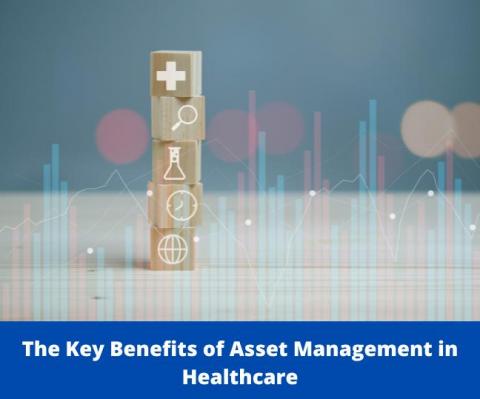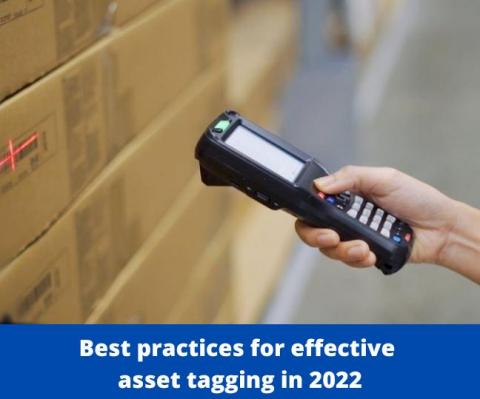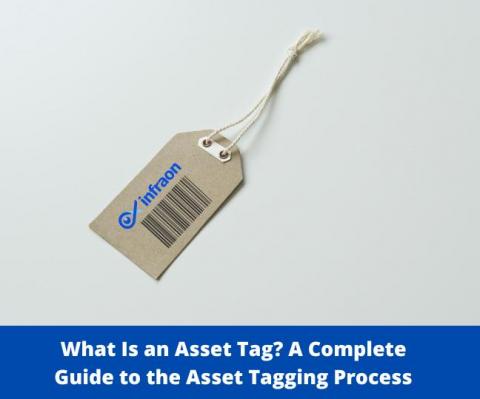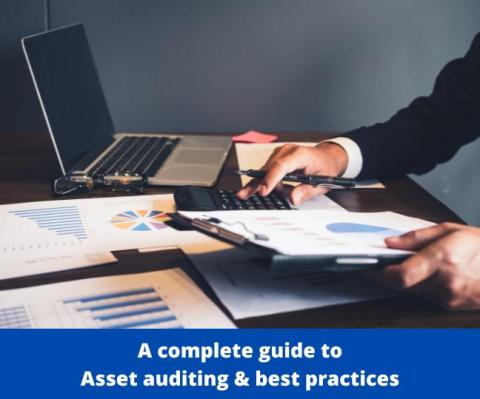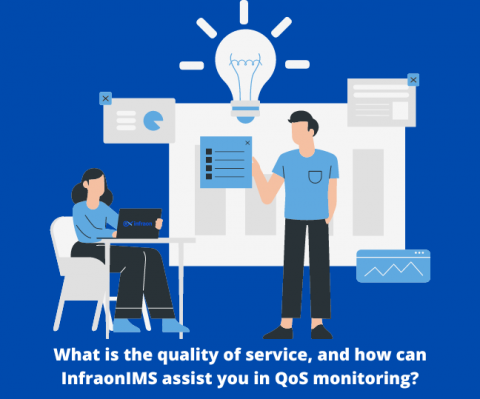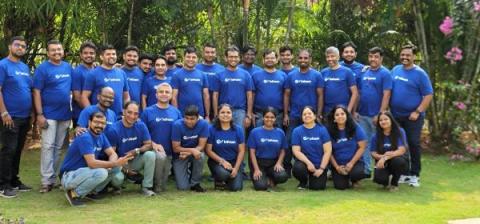All you need to know about Asset Management in Healthcare
As a key decision maker in a healthcare organization, you have to deal with a lot of expensive assets to deliver quality care on a daily basis. From ECG equipment and pacemakers to MRI machines and laboratory microscopes, all these assets can impact the way your doctor/nurse/physician assistant provides the treatment. But how do you manage these huge amounts of assets, consumable inventory, and a long list of expiration dates and warranties?


